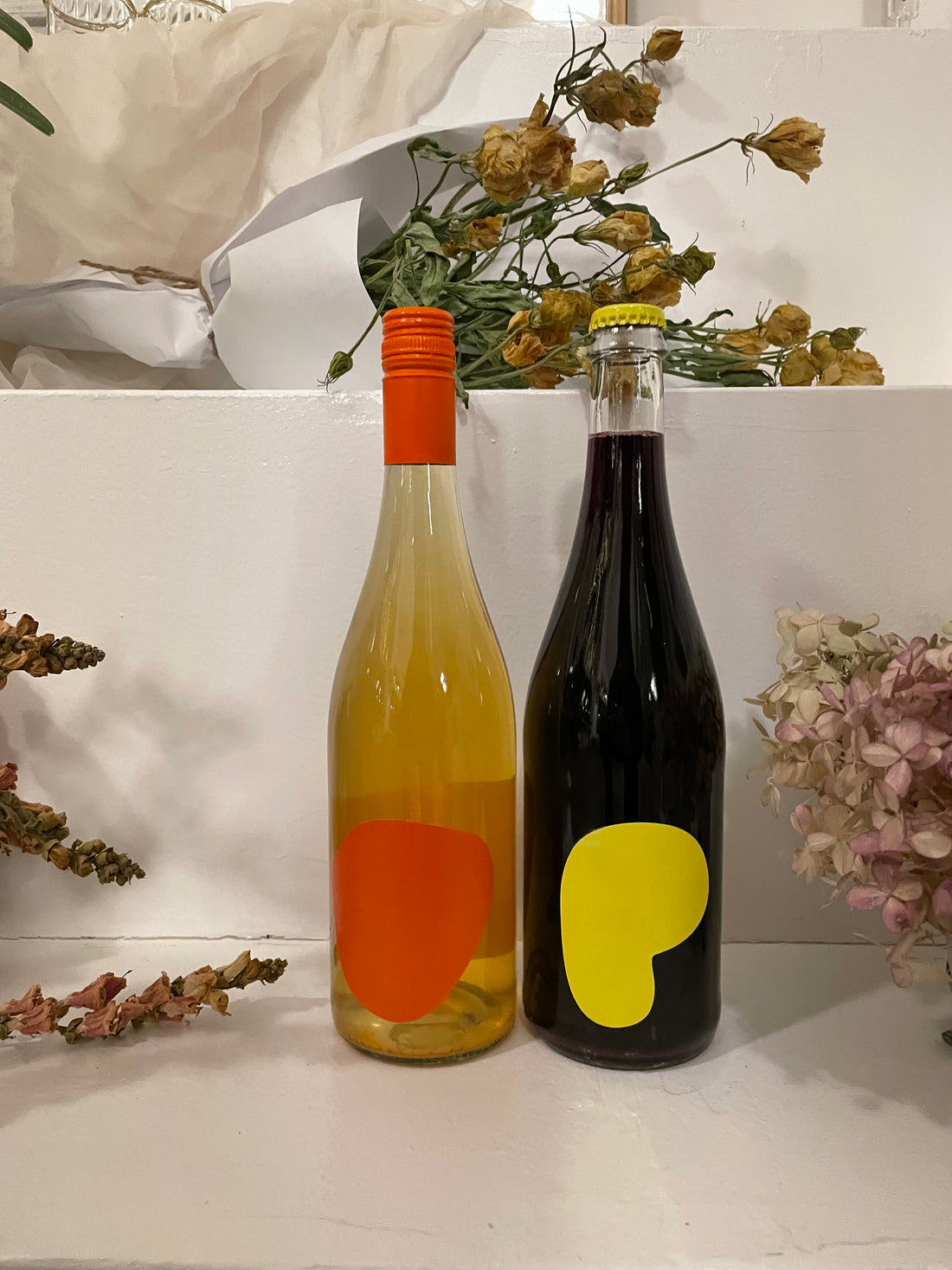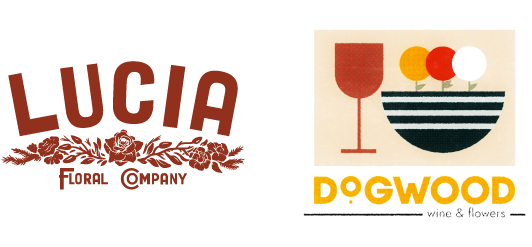
January 2025 - Pfalz, Germany
January 2025
Germany
Pfalz
Featuring:
Müller-Ruprecht
The Pfalz is one of Germany’s more unique and diverse wine regions. It sits in the southeastern part of the Rhineland-Palatinate region, directly south of Frankfurt. With the Haardt Mountains (called the Vosges in France) to the west, there is a rain-shadow effect that makes for an unusual amount of sunshine, warmth, and dryness for this northerly region. It is in fact a continuation of the same valley that makes up France’s Alsace region, and for that reason shares a lot of the same qualities. Due to the rain-shadow, there is a wider variety of grapes that can be grown compared to elsewhere in Germany. In comparison, the nearby Rheinhessen, Nahe, and Mosel can seem like one-trick ponies with their near-singular focus on Riesling.
The Pfalz is one of the few German wine regions where reds (almost) reach parity with white wines, making up 40% of vineyard plantings. Here, reds from Dornfelder and Spatburgunder (Pinot Noir) are common, with obscure varieties like Lemberger and Portugieser making up smaller amounts. Cabernet Sauvignon or Merlot may even be found in some vineyards.
As far as whites - of course, one will find the ever-present Riesling, which in the Pfalz presents itself as full-bodied, ripe and generous in the glass. Other popular white varieties include Müller-Thurgau, Gewürztraminer, Weißburgunder (Pinot Blanc), Grauburgunder (Pinot Gris) and Scheurebe. In total, 45 white varieties and 22 red varieties are found in the Pfalz.
Müller-Ruprecht
Müller-Ruprecht has been a functioning winery since 1702, when it was one winery under the Ruprecht name. Sometime around the late 1800s/early 1900s, the family split and became two wineries: Koehler-Ruprecht and Müller-Ruprecht. Both wineries farm prime pieces of the 200+ year old Saumagen vineyard, and both estates are certified Organic. While Koehler-Ruprecht is known for its classically styled, traditional wines that fetch high prices by collectors, Müller-Ruprecht is perhaps the exact opposite.
This winery is young, untraditional, and perhaps even cutting edge. The story of today’s Müller-Ruprecht is that of a young married couple, Sabine and Philipp Wöhrwag. Sabine is the daughter of Jutta and Ulrich Müller, who helmed the winery before (and still help out today). Sabine and Philipp bring very little pretense and a lot of vibrancy to the winery - their young kids roam the cellar and play in the vineyards, their winemaking style is clean yet playful, and their marketing ticks all the trendy natural wine boxes. Their focus in the vineyard is organic viticulture (their plots are all certified) and the winery practices are hands-off, allowing the pristine grapes to slowly transform to wine using native yeast, minimal sulfur, and time.
In German tradition, the couple makes roughly 30 bottlings each vintage. This includes a range of single vineyard Rieslings from their best parcels in a variety of ripeness levels - from Trocken to Kabinett to Spätlese. Additionally, they make a number of single variety whites, reds (blends and single varieties), rose, and sparkling wines. The wines we are able to showcase for the club, AKA those which are imported to the US, are from their ‘naturals’ line, which have loud labels, deep color, and feral aromatics. I’d love to be able to offer up their single vineyard Rieslings, especially because the provenance of the vineyards and the price of the finished wines present a huge quality:price opportunity. However, the winery itself chooses not to export a ton of wine in favor of selling to the local market and, more importantly, to visitors to their tasting room.
When Stephen Bitterolf of Vom Boden (the NY-based importer of these wines) asked Philipp why he refuses to wind down the tasting room and focus more on production and the thirsty export market, he said this: “That would be horrible for me. It’s one of the great joys to sit with people from the village and to taste wines together. It’s not at all efficient; but I want to meet the people that drink my wines. I want to be a part of the community.”
That resonates with us - it isn’t always about doing the biggest or most profitable thing, sometimes it is about having a rooted connection to the place you are and the people who surround you. We all respect that, Philipp.
Müller-Ruprecht, ‘Orange’ Pfalz, Germany 2023
German Orange wine is a rare bird. If we know anything about Germans (even if it is a badly overplayed stereotype), it is that they are precise and efficient. Leaving a white wine with skins? Refusing to filter it? Using a barrel when perfectly good stainless steel exists ? These are not German things!
But this wine hits in all the right places and, you know, it’s all going to be alright. This juicy, expressive orange is a blend of native Huxelrebe, Gewürztraminer, and Chardonnay with 10 days contact. The wine is fermented and aged in large oak barrels, and is not fined or filtered before bottling. The alcohol is seriously low (10.5%), which we could all maybe benefit from after the last few months. So if you’re having a damp (rather than dry) January, this might just be the wine for you.
Müller-Ruprecht, ‘Pet-Nat Red’ Pfalz, Germany 2023
This concoction might be even more rare than a German Orange. And while I was hesitant to do a sparkling red (given that we’ve always staunchly featured a ‘true’ red wine in our Club) this was just way too good to pass up when we tasted it back in October.
This ‘Pet Nat’ is 100% Dornfelder, fermented in the style of carbonic maceration for 8 days. While the wine still has a touch of sugar left to ferment, it is bottled. This allows the fermentation to finish in the bottle, resulting in a bone dry wine that is naturally sparkling and retains a touch of life from the fermentation itself. This comes in at 9.5% abv, even lower than the Orange!
Fun fact - Dornfelder is one of the few teinturier grapes, red grapes with pigmented juice inside.
Even more fun fact - Philipp refers to this wine as ‘Vampire Soda’
